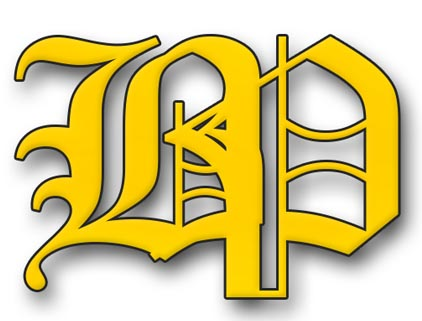Give much-needed fillip to toy sector

Bangladesh needs to expand its export basket to an optimum level for a robust economy that is a sine qua non for the prosperity of the nation. It is not wise for any developing country to keep all its eggs in one basket only, for instance, in readymade garments
It is a cheering news that the toy industry of Bangladesh is now eying international market as the export opportunities are steadily increasing. Rising production costs in China is opening a window of opportunity in toy sector for Bangladesh.
Although globally, China still holds a dominating 80 percent share of the $102.8 billion toy market, projected to reach $150 billion by 230. Production costs hike is pushing Chinese manufacturers away from low quality toy productions. Bangladesh toy manufacturers should immediately seize this opportunity to enter the global market.
Bangladesh Plastic Products Manufacturers and Exporters Association (BPGMFA) President Shamim Ahmed and experts and policymakers at a discussion on 'Innovation and Export potential in the Toy Manufacturing Industry' on Sunday weigh in with a strong prop for larger toy exports from Bangladesh.
Despite strong potential, Bangladesh's toy industry could not make much headway owing to poor quality control, high transport costs, low investment in innovation, and inadequate mould and design facilities. These bugbears are preventing the local toy manufacturers from competing effectively in the global market. Around 5,000 plastic manufacturers operate across the country, most of them small and medium sized enterprises, of which approximately 250 are engaged in toy manufacturing.
Highlighting the local dominance of the Sector, Shahjahan Majumder, former president of the Bangladesh Toy Merchants, Manufacturers and Importers Association (BTMMIA) said that 90 percent of toys sold in Bangladesh are locally made, while only 10 percent are imported from abroad, particularly China.
Currently, Bangladesh toy exports valued at $75 million in financial year 2022-23, are projected to grow more than eight-fold to around $470 million by 2030. According to the estimate of industry stakeholders, around TK 4,300 crore has been invested in the local toy sector, a figure that could double by 2030.
We cannot make out why the toy export sector is not adequately encouraged to expand when it has a brighter and spectacular prospects.
Exporters cite hurdles like the absence of international buyers, lack of product testing facilities, high tariffs on raw material imports, poor infrastructure and inadequate policy support. Investment in moulds and designs is urgently needed to achieve international Standards.
As regards policy support, NBR members Muhammad Mubinul Kabir stressed that while the government is ready to provide policy support, manufacturers must themselves improve quality, technology and workforce skills. It is learnt that Bangladesh is engaged in trade talks with Japan, Korea, Singapore and Middle Eastern countries and reducing export duties will be crucial for accessing these markets.
We believe, by removing the hurdles and with strategic investments in design, innovation, and Policy support, toy sector of Bangladesh could be a competitive global player and a major contributor to the national economy within the next decade. We urge the authorities to give much-needed stimuli to the toy sector.



